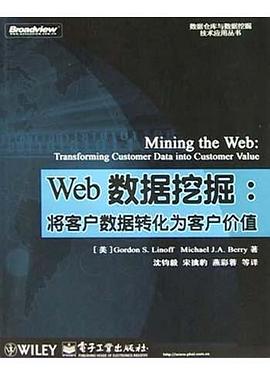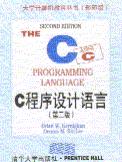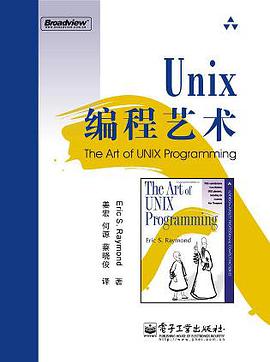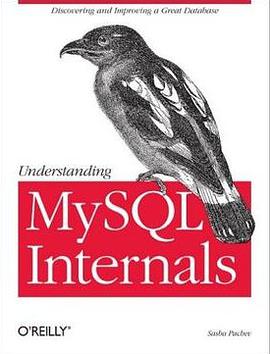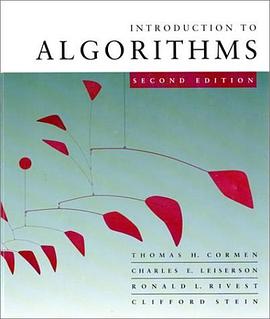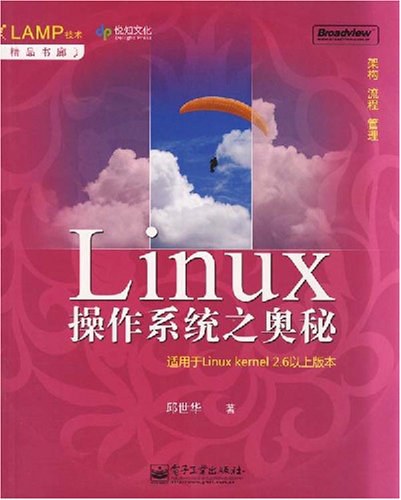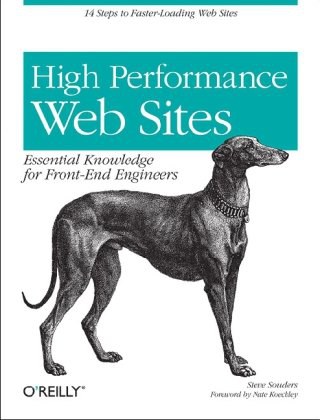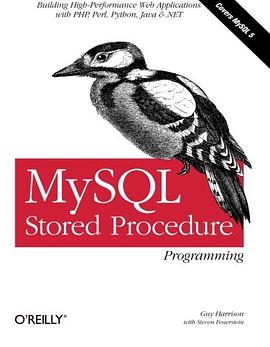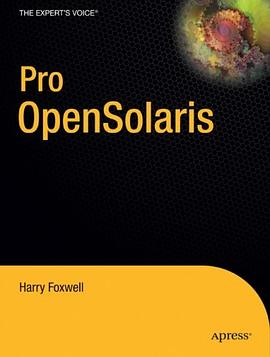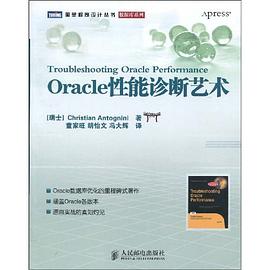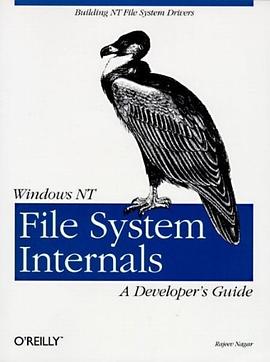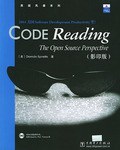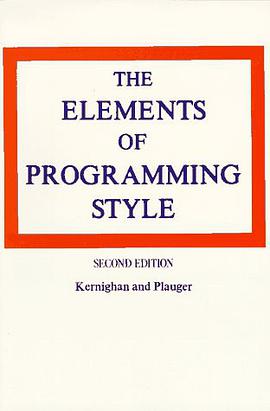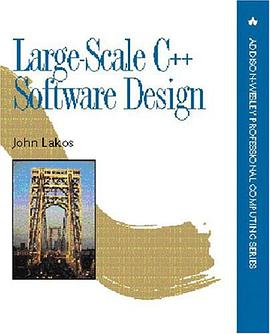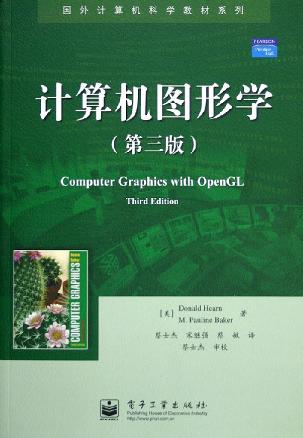The implementation of stored procedures in MySQL 5.0 a huge milestone - one that is expected to lead to widespread enterprise adoption of the already extremely popular MySQL database. If you are serious about building the web-based database applications of the future, you need to get up to speed quickly on how stored procedures work - and how to build them the right way. This book, destined to be the bible of stored procedure development, is a resource that no real MySQL programmer can afford to do without. In the decade since MySQL burst on the scene, it has become the dominant open source database, with capabilities and performance rivaling those of commercial RDBMS offerings like Oracle and SQL Server. Along with Linux and PHP, MySQL is at the heart of millions of applications. And now, with support for stored procedures, functions, and triggers in MySQL 5.0, MySQL offers the programming power needed for true enterprise use. MySQL's new procedural language has a straightforward syntax, making it easy to write simple programs. But it's not so easy to write secure, easily maintained, high-performance, and bug-free programs. Few in the MySQL world have substantial experience yet with stored procedures, but Guy Harrison and Steven Feuerstein have decades of combined expertise. In "MySQL Stored Procedure Programming", they put that hard-won experience to good use. Packed with code examples and covering everything from language basics to application building to advanced tuning and best practices, this highly readable book is the one-stop guide to MySQL development. It consists of four major sections: MySQL stored programming fundamentals - tutorial, basic statements, SQL in stored programs, and error handling; Building MySQL stored programs - transaction handling, built-in functions, stored functions, and triggers; MySQL stored programs in applications - using stored programs with PHP, Java, Perl, Python, and .NET (C# and VB.NET); and, Optimizing MySQL stored programs - security, basic and advanced SQL tuning, optimizing stored program code, and programming best practices. A companion web site contains many thousands of lines of code, that you can put to use immediately. Guy Harrison is Chief Architect of Database Solutions at Quest Software and a frequent speaker and writer on MySQL topics. Steven Feuerstein is the author of "Oracle PL/SQL Programming", the classic reference for Oracle stored programming for more than ten years. Both have decades of experience as database developers, and between them they have authored a dozen books.
